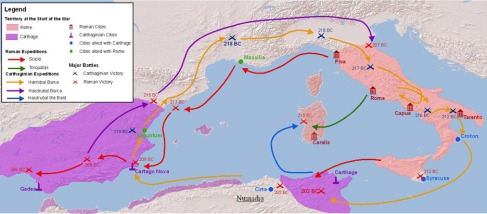So, I decided that I wanted to go ahead and try to make a digital project before making any commentary about collaboration, because I wanted to have a more personal understanding of how collaborating with people outside of my field might have helped me make my project better. As people may or may not know, I hit the ground running here, I had my idea, I had my concept, I knew what I wanted to do, and I thought it would be easy to take care of. Of course, the practice doesn’t always turn out the way the theory says it should. A broken keyboard, upturned chair, and flipped table later, I have a barebones representation of the idea that I wanted to construct (you can see it here, but remember it’s still a work in progress both conceptually and practically).
After working with Adobe Illustrator on a documentation/conservation project in Bulgaria this past summer, I have to admit that I found Google Maps’ polygon function a bit cumbersome (and more than a little frustrating at times), but I think that it did the job I wanted it to do (if only in a rough fashion). In retrospect, I think that I would try to do the same using Google Earth next time because I like the feel of the software a bit better (whether or not I could import/export the map onto a website is another issue entirely).
The imapbuilder.net interactive map uses a site map of Ai Khanoum published by Paul Bernard (the original excavator of Ai Khanoum) in Afghanistan: Hidden Treasures from the Nation Museum, Kabul, and while I finally figured out how to hamfist what I wanted in the text boxes into the text boxes, I had a number of problems with the mapbuilder application. In the first case, I couldn’t insert images per the UI tool because while they would show in the edit box after insertion, they would be lost to the nether upon attempting to save them and preview them. After completing the project and embedding it in my primary site, I decided that I didn’t like the width of the text popup boxes. I went to resize them, and somehow, after doing so, 5 of the 8 images decided to abandon my map and join the images that opted for a place in the nether. I have to say, I’m quite happy that I made the text in a word document before inputting it into the map, because if I hadn’t then hours worth of work would have been lost entirely and would have had to have been completely redone, rather than just having the images and additions readded and the markers resubmitted. Overall I think that the application is usable enough (it’s certainly intuitive), but it absolutely needs an undo (and redo) function added to it, and the problems with the user interface need to be ironed out.
Insofar as aesthetics were concerned, as an art historian I feel as though I am a pretty good judge of such things, so I thought that I would be safe constructing a site that I felt worked. My fiance, an MFA candidate at George Mason, duly informed me of my ignorance and graciously aided me in making something that was aesthetically pleasing to people with better taste than myself.
As of this writing I have only just completed the maps that I have listed (they might be 30 minutes old by now) and I am thinking about adding a gallery page so that I might provide a bit more context for the artifact images that are displayed in the imapbuilder interactive map. In addition to adding context, I am hoping to add more images to present a more accurate depiction of the excavation findings (as seen in Bernard’s chapter). I most certainly still have to add a bibliography page for the writings and I have to admit, it would have been nice if all of the entries were like Rachael Mairs, who has made all of her papers and book chapters (that I know of) available on academia.edu.
Insofar as collaboration is concerned? I definitely know that I’ll never be well-versed enough to do all of this “stuff” alone in any sort of a compelling fashion. I not only lack the competency to deal with complex digital tools without fury rising to an unhealthy level, I don’t really know what will be the most compelling means to approach the problem that I’m trying to get at or which tools are best suited for my needs without serious inquiry. I think if I was left alone, I could have put more effort into researching mapping tools and websites than the history itself and I probably still would have produced something sub-par in comparison to a collaborative effort with a professional.

